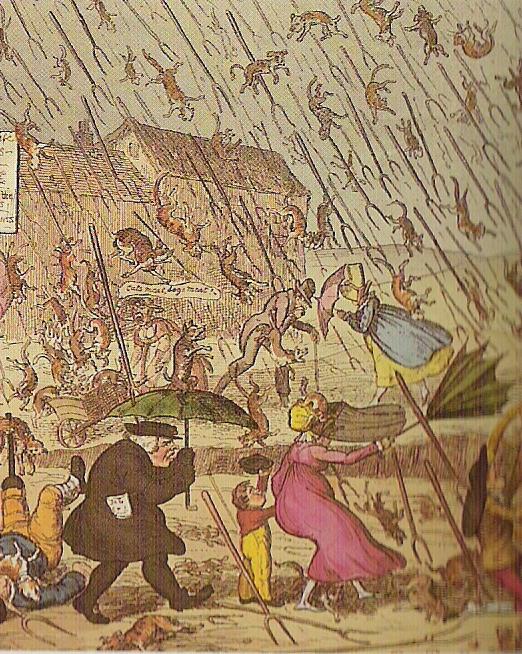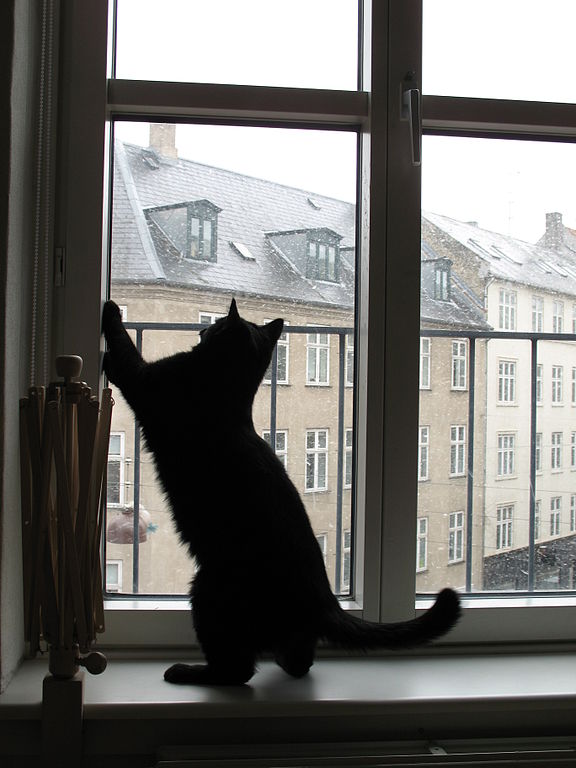
Photo Credit
Pixabay
Subhead
Are Our Feline Friends Purr-fect Prognosticators?
I had all my cats would run and run all over the house, it would happen every time. Ran around and around in circles. Rain or snow.
I had a normal, short haired cat that lived 21 years. Three times in her life, her winter coat came in like a chinchilla. Those 3 years only, we had snow and ice on the ground for several days. Otherwise, we got, at most, a light dusting of snow rarely and a few nights of freeze, while she got a slightly thicker coat. I’ve never seen such a drastic change in any other pet!
Loved the article. I have two cats, a bit over a year old. They rule the house. You would think I had a toddler with all the toys on the floor. Having a cat on my keyboard or bathroom sink counter helping me brush my teeth or on my vanity while I'm putting on make up is a daily routine. Thanks for a chuckle and smile to start my day.
I always thought that the expression "raining cats & dogs" is becuase before animals were not house pets, but lived outside, and during a heavy rain cats and smaller dogs would get washed away down the street, hence making it look like they had falled with the rain.
In olden days the dogs and cats would sit on the thatched roofs of houses and when it rained they fell through. That’s where the saying raining cats and dogs came from.
It's actually Thor that causes storms in Norse Mythology. Not Odin. (Óðinn).
You are correct Thor was the one that caused the storms in Greek Mythology.
I believe Odin was Thors father.
Óðinn still has ability to control weather, storms and lightning, also crossing over into Njord’s abilities aswell regarding climate/sea-faring conditions, he is the All-Father.
I was told that in medieval times when the roofs were made of straw, the cats and dogs ,birds ect. slept in the roof straw to keep warm and dry. When it rained the straw became slippery and the dogs and cats + slide off the roof and into the house. Hence "it is raining cats and dogs."
I heard a similar version of this story to explain the saying “ raining cats and dogs” and I believe its closest to the truth.
- « Previous
- 1
- 2
- …
- 10
- Next »


 Source: Wikimedia commons
Source: Wikimedia commons







Comments